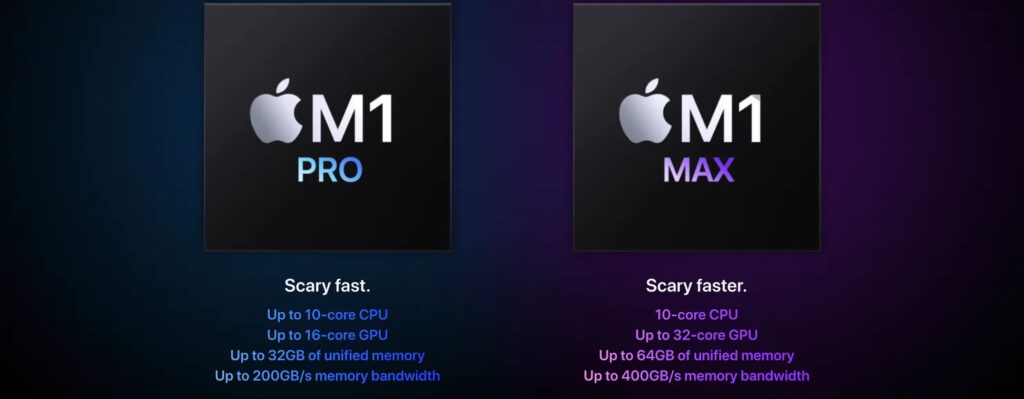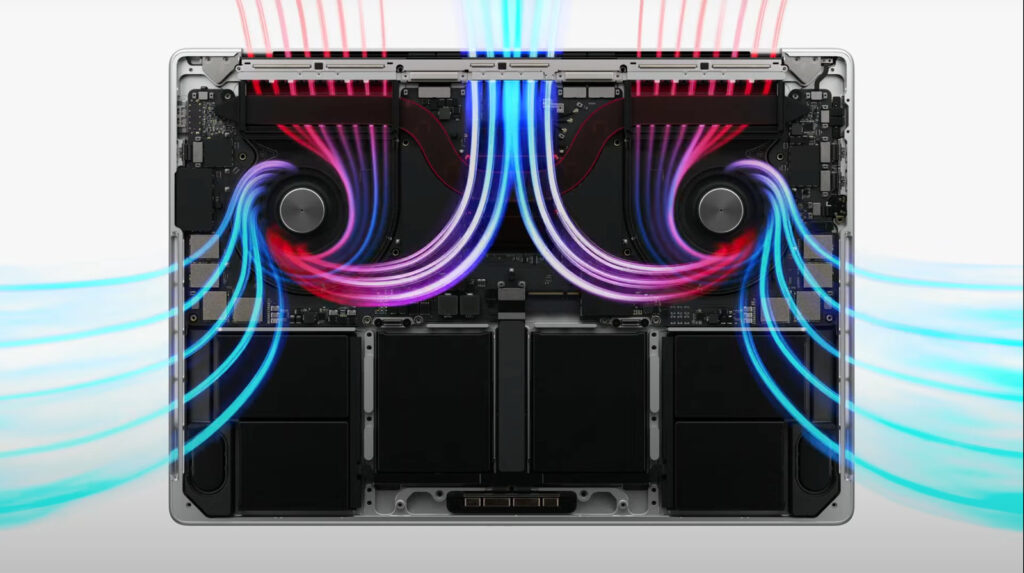
The new MacBook Pro (MBP) will get a function called “High Power Mode” which would boost the performance of the Apple Silicon within the laptop. To be available via macOS Monterey that will be released later this month, this mode should be handy at times when users need more power for heavier and intensive workloads.
The existence of the High Power Mode was confirmed by Apple to MacRumors just a few days after its contributor Steve Moser spotted code strings that are related to the mode within Monterey Release Candidate 1. Rumours regarding first surfaced back in early September after 9to5Mac noticed references to High Power Mode in Monterey beta 8.

“Your Mac will optimize performance to better support resource-intensive tasks. This may result in louder fan noise,” according to the code.
However, those with an M1 Pro MBP will be sidelined as Macrumors says that the High Power Mode will only be enabled on the M1 Max variant of the 16-inch MBP, even though the chip is also available for the laptop’s 14-inch counterpart. In Malaysia, the base model of the M1 Max-based 16-inch MBP costs RM13,199 while the highest configuration peaks at a whopping RM25,199.

The new MBP lineup has an improved thermal design that allows the laptop to sustain high level of performance over longer periods but Apple has previously mentioned that most day-to-day use would not activate the new fans. New benchmark scores on GFXBench 5 suggests that the M1 Max is able to go toe-to-toe with the AMD Radeon RX 6800M as well as NVIDIA GeForce RTX 3080 mobile graphics and may even outperform them in certain graphics workloads although we would want to have some hands-on experience with it first before making any judgement.
(Sources: MacRumors.)
The post New 16-inch MacBook Pro Has A High Power Mode For Heavy Workloads appeared first on Lowyat.NET.
0 Commentaires